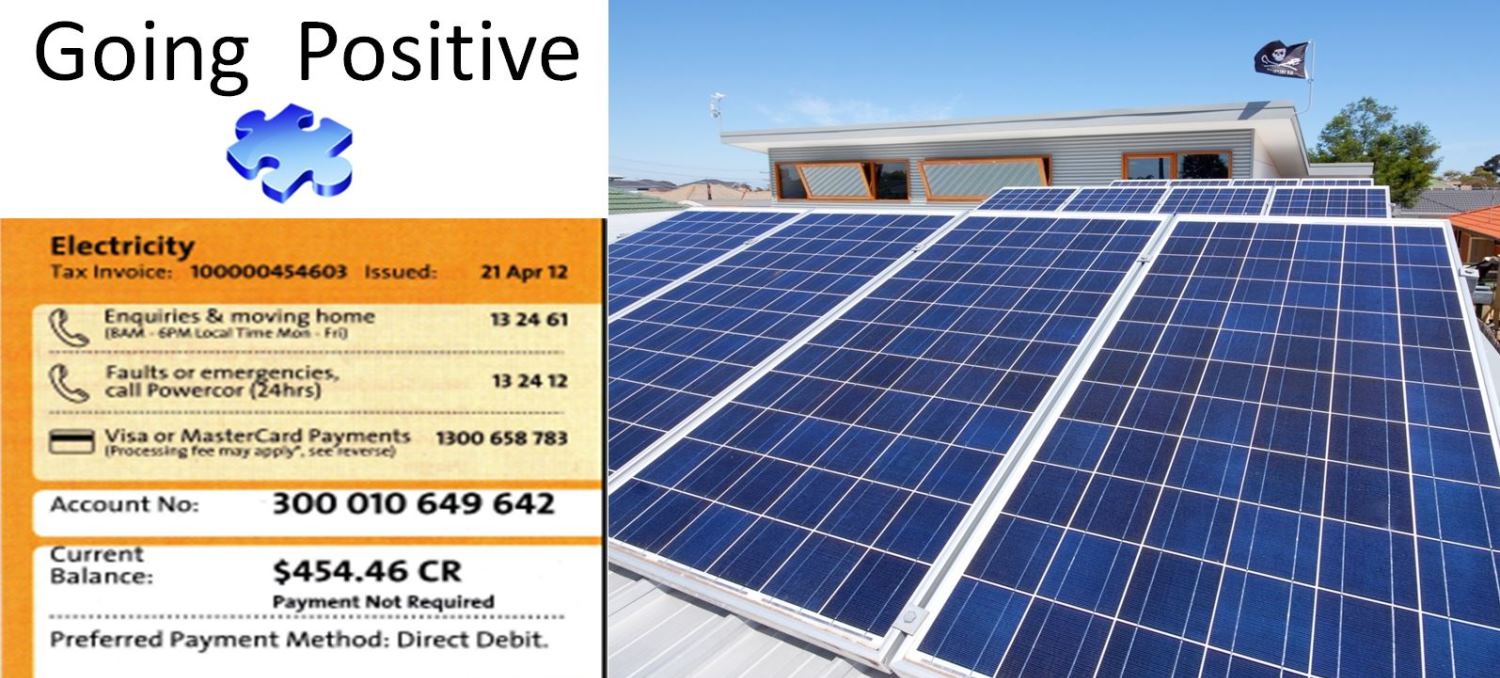Heating & Cooling
In this chapter, we are speaking more about active heating and cooling systems. In some respects it doesn't matter too much what heating and cooling system you put into a 8 or 9 star home, as it won't be needed on all that often. As the stars get lower however the choice becomes more important. Inefficient systems will be expensive to run, as well as having carbon intensive impact on our environment.
The place to start is to know what you peak heating and cooling loads are, so that you do not put in a bigger, more expensive system than required. We determine this during the energy rating stage.
Hydronics, Ducted, Heat Pumps, and Fireboxes can all be efficient if the right systems are sourced. The choice here mainly depends on client preferences and budgetary constraints.
At the moment the most efficient heating and cooling comes from the smaller (~2kW) single split reverse cycle air conditioners. This may come as a surprise to many, as airconditioners used to be the bad boys of the environmental movement. Over the last 5 years or so though, they have become much more efficient at what they do. The best of them have Coefficients Of Performance (COP's) of 4,5, and nearly 6! (This means that for every kilowatt hour of energy they use, they produce 4, 5, or 6 kilowatts of heat. They have similar number for their Energy Efficiency Ratio or EER which the measure of their cooling efficiency.) See Appliances, which has a link to Energyrating.gov products database when choosing systems.
Reverse cycle airconditioners also have the benefit that they provide heat and cooling in the one unit.
This rise in airconditioner efficiency comes at a time when there is some synchronicity of events that are pushing towards the concept of the all electric house:
- Rise in gas prices, as our gas is now exported internationally where they will pay higher rates.
- Better understanding of 'fugitive' gas emissions of methane at the bore wells and in the transmittion process, meaning gas is not as green as once promoted.
- Lowering of the price of Photovoltaics (PV's) means that it is a very doable proposition now for most. In summer when the sun is shining you are usually making much more power than you need, at the time when you most want cooling. So effectively you can run your airconditioner at such times for free using this power from the sun.
- Airconditioners (A/c's) are much more efficient now at what they do.
At our practice as many of our homes have a fair bit of thermal mass and most have PV's and A/c's, we have come to think of the house a bit like a battery. During summer when the sun shines we suggest clients use the power they are making to cool their homes. As soon as the sun goes down turn off the A/c, and the mass of the house (now cool), will continue to keep the house comfortable all night, ready for the next day when free energy lands on the roof! (You can do a similar thing with heating on a sunny day in winter too.)
And lastly another benefit of an all electric house is that you only need to look at one type of meter to see how much energy you are using, and no more need to calculate conversions of gas megajoules usage to electricity kilowatt hours!

